Ever wondered how our devices seamlessly understand and process our commands? Enter the world of technology’s wizardry with the Google Bard API. Ever asked yourself, “How does my smartphone know exactly what I’m saying?”
The magic lies in the complex algorithms and functionalities that form the backbone of the Google Bard API. It’s not just about talking to your device; it’s about understanding the intricacies of modern communication.
Dive into the fascinating world of the Google Bard API documentation to demystify its role in our advanced digital lives. This guide isn’t just a manual; it’s your key to unlocking the potential of this technological marvel.
Let’s unravel the secrets together and explore how to wield the power of the Google Bard API for a smarter, more connected future.
What is Google Bard API?
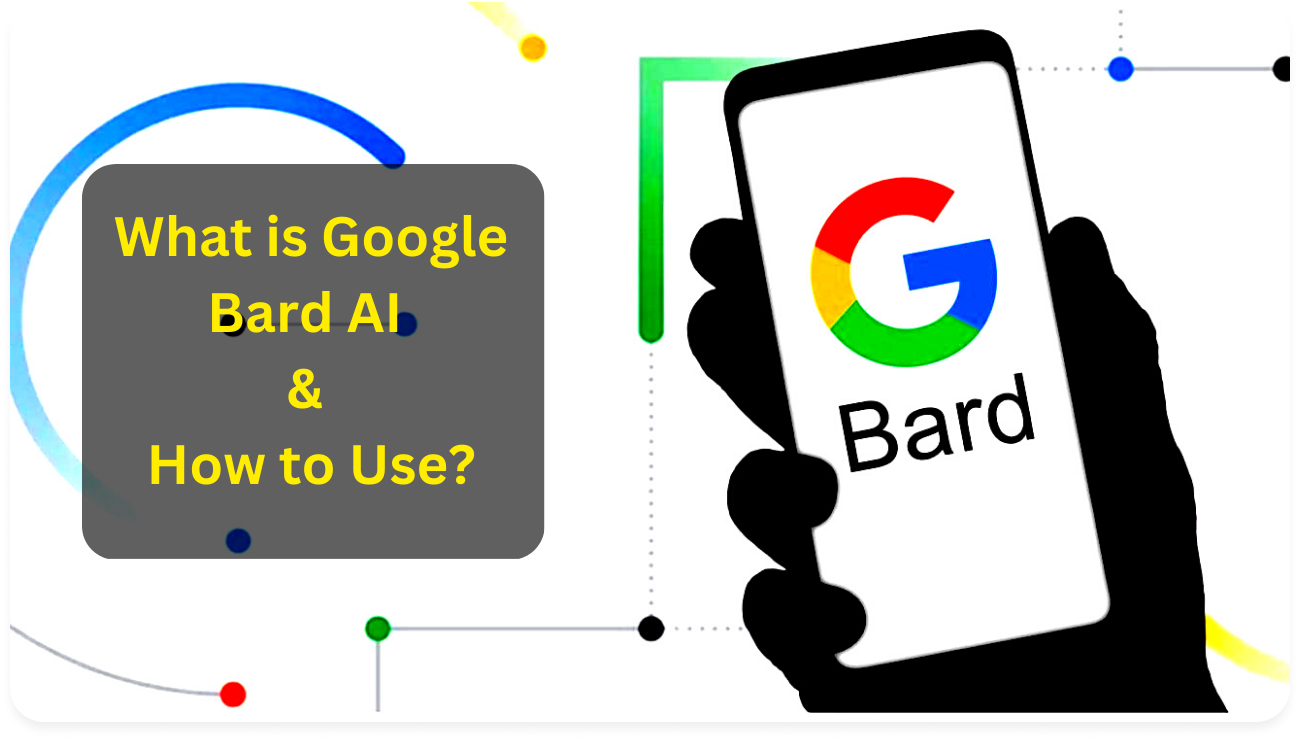
The Google Bard API, an advanced gem in the tech landscape, revolutionizes the way devices comprehend human interaction. Beyond mere voice recognition, it’s the language conduit for seamless communication between users and their gadgets. Through intricate algorithms and cutting-edge features, the Google Bard API transcends the conventional, playing a pivotal role in our digitized existence.
Unraveling the complexities is made effortless with the comprehensive Google Bard API documentation. This expertly crafted guide is your passport to mastering the nuances of implementation. Elevate your projects, enhance user experiences, and delve into the limitless possibilities this API offers.
In the dynamic world of technology, the Google Bard API stands as a beacon, and this guide is your gateway to harnessing its potential for a smarter, more connected tomorrow. Optimize your understanding and application with insights tailored for seamless integration.
Advanced key capabilities of Google Bard API
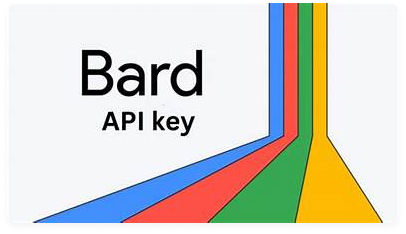
Explore the extensive Google Bard API access and empower your applications with a voice that understands and adapts to the nuances of human communication. Let’s delve into its advanced capabilities that make it the linchpin of seamless communication.
1. Natural Language Understanding:
The Google Bard API possesses an unparalleled knack for deciphering natural language, bridging the gap between human conversation and technological execution. Experience a new level of interaction as your device comprehends context and intent effortlessly.
2. Multilingual Proficiency:
Break down language barriers with the API’s exceptional multilingual capabilities. Whether you’re conversing in English, Spanish, or any other language, the Google Bard API ensures a universal understanding, expanding its reach across diverse global audiences.
3. Contextual Awareness:
Say goodbye to disjointed conversations. Thanks to its contextual awareness, the Google Bard API grasps the flow of dialogue, retaining information from previous interactions. Seamlessly pick up where you left off, creating a more intuitive and engaging user experience.
4. Developer-Friendly Integration:
Navigate the world of voice-enabled applications with ease. The Google Bard API documentation serves as your compass, providing comprehensive insights and guidelines for developers to seamlessly integrate and optimize this powerful tool.
5. Enhanced Security with Voice Biometrics:
Elevate your security protocols by leveraging the API’s voice biometrics capabilities. Experience a more robust authentication process, ensuring that only authorized voices gain access.
Is Google Bard API free?
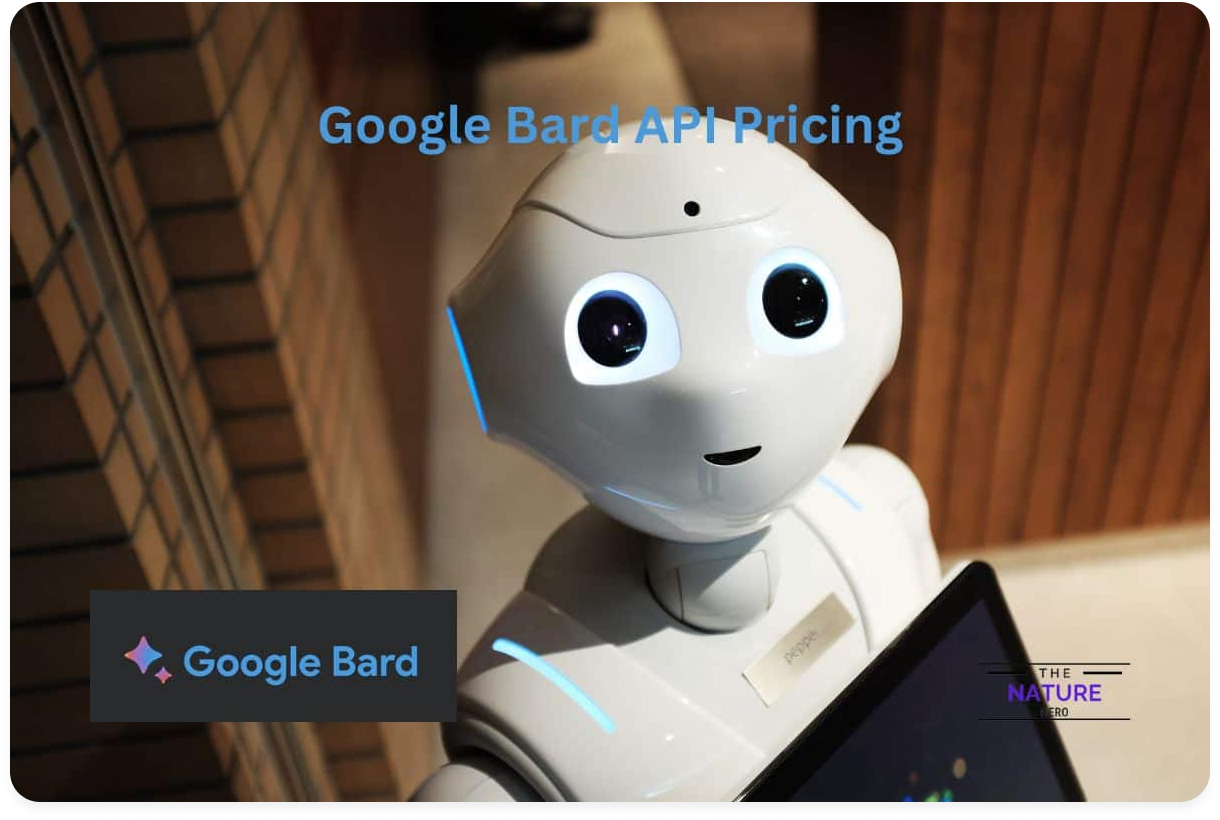
Yes, Google often offers a free tier for its APIs, allowing users to test and explore the capabilities without incurring charges. During the testing phase, you can enjoy a certain amount of free usage. However, it’s essential to be aware that once you exceed the allocated limits, charges may apply.
Always check the official Google Cloud Platform website for the most up-to-date information on the pricing and usage policies for the specific API you are interested in, including the Google Bard API if it exists, to ensure a clear understanding of any associated costs.
How-to Sign-Up Google Bard API?
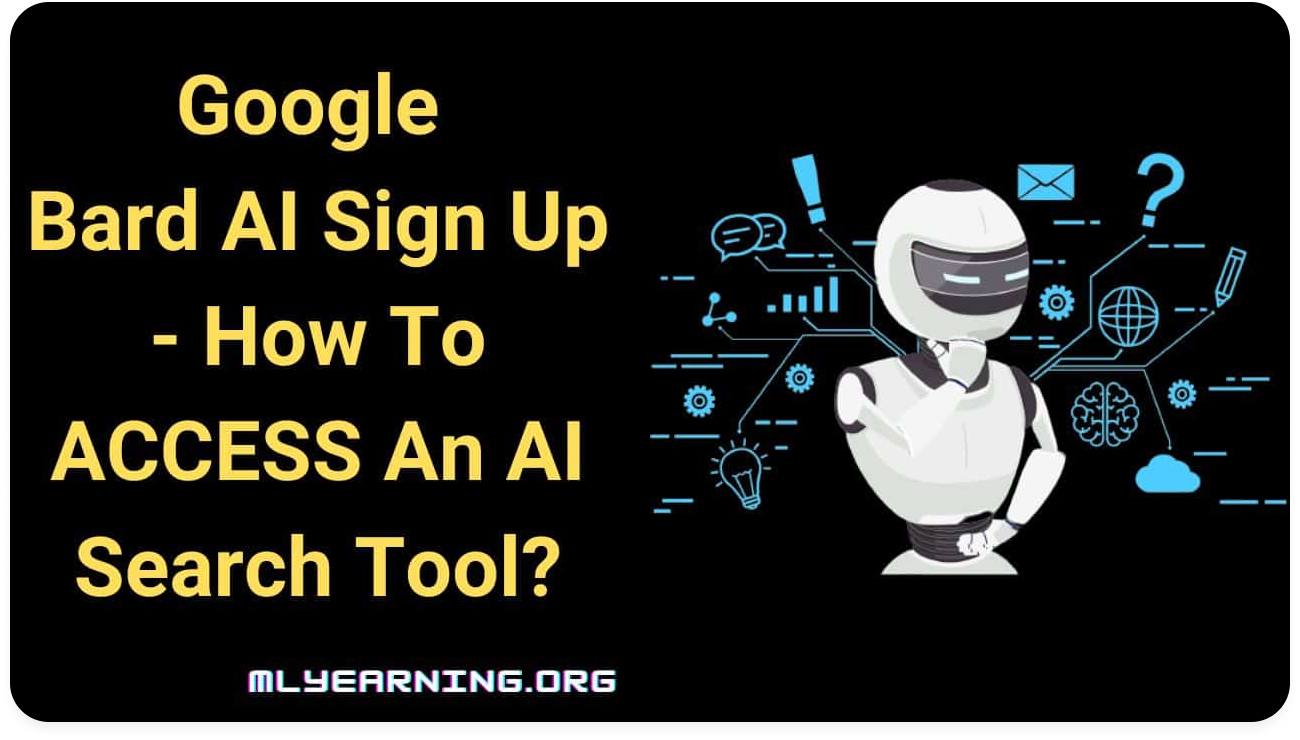
The general process for signing up for Google APIs involves creating a project on the Google Cloud Platform (GCP) and enabling the desired API. Here’s a generic guide:
1. Go to Google Cloud Console:
- Visit the Google Cloud Console.
2. Create a Project:
- Click on the project drop-down menu and select “New Project.”
- Enter a name for your project and click “Create.”
3. Enable the API:
- In the Cloud Console, go to the “APIs & Services” > “Library” section.
- Search for the specific API you’re interested in and click on it.
- Click the “Enable” button to enable the API for your project.
4. Generate API Key or Credentials:
- Navigate to “APIs & Services” > “Credentials.”
- Create credentials, either an API key or OAuth client ID, depending on the API requirements.
5. Manage API Access:
- Set up any necessary authentication or access controls based on the API documentation.
How to use the Google bard API?

You can follow a general guide on using APIs from Google. Keep in mind that specific details may vary based on the actual API in question. Here’s a generic guide:
1. Get API Access:
- Visit the Google Cloud Platform (GCP) console.
- Create a new project or select an existing one.
- Enable the specific API you’re interested in and generate API credentials.
2. Install Necessary Libraries:
- Depending on the programming language you’re using, install the necessary client libraries provided by Google. These libraries help you interact with the API more conveniently.
3. Authentication:
- Set up authentication to secure your API calls. This usually involves using API keys, OAuth 2.0, or other authentication methods provided by Google.
4. Make API Requests:
- Use the client libraries to make requests to the API. This involves constructing HTTP requests with the required parameters.
5. Handle Responses:
- Process the API responses based on your application’s needs. This may involve parsing JSON or other data formats returned by the API.
6. Implement Error Handling:
- Account for potential errors in your code. Check the API documentation for error codes and messages to handle different scenarios gracefully.
7. Test and Iterate:
- Test your application with the API and make any necessary adjustments. Iterate through this process until your integration works as intended.
8. Monitor Usage and Performance:
- Keep an eye on your API usage and performance. Google Cloud Platform usually provides tools for monitoring and analyzing API usage.
How could be the future of Bard API?
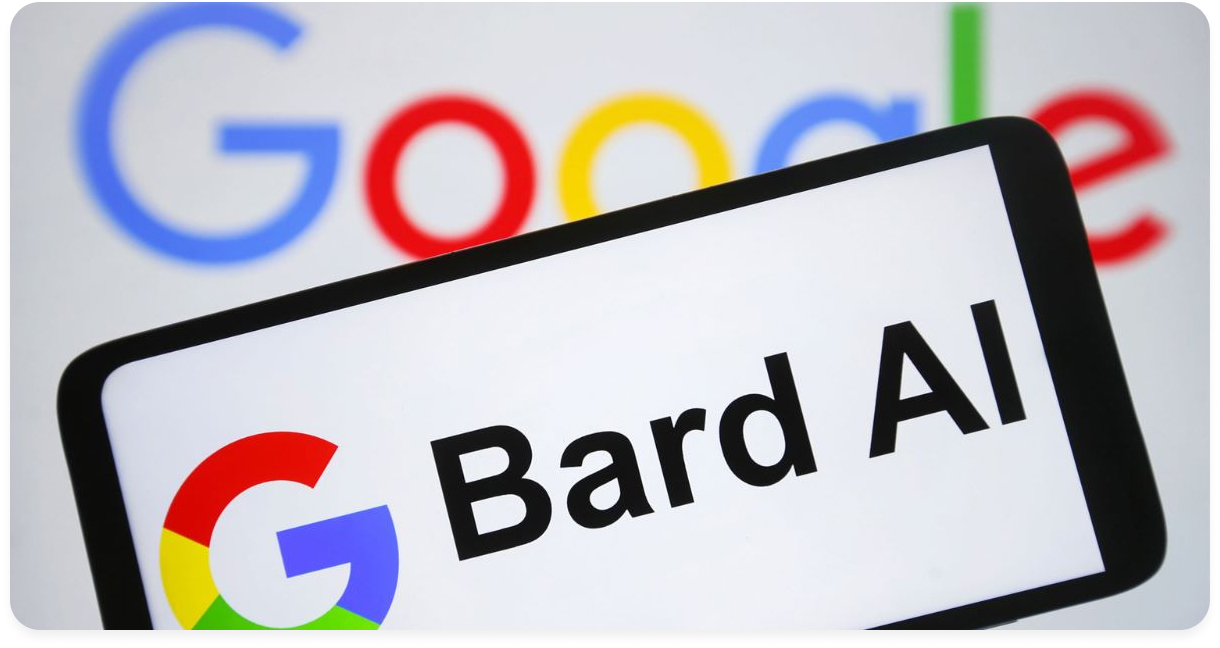
1. A Sonic Revolution: Redefining Voice Interaction:
Bard API is not just an upgrade; it’s a sonic revolution. Imagine a world where your devices don’t just understand words; they comprehend nuances, making every interaction a symphony of seamless communication.
2. Polyglot Prowess: Breaking Language Frontiers:
Bard API’s multilingual prowess transcends borders, turning language diversity into a strength. Break free from linguistic constraints and envision a tech landscape where communication is limitless and inclusive.
3. Python Powerplay: Igniting Innovation with Bard API Python Fusion:
Developers, brace yourselves. The fusion of Bard API with Python is a powerplay for innovation. Expect a surge of ingenious applications, where Python’s versatility harmonizes with Bard’s cutting-edge capabilities.
4. Voice Biometrics: Fortifying Security with Elegance:
Bard API’s integration of voice biometrics isn’t just about security; it’s elegance in authentication. Picture a future where access is not just secure but seamlessly authenticated through the unique cadence of your voice.
5. GitHub Gala: Collaborative Brilliance in the Bard API Repository:
The Bard API GitHub repository is not just code; it’s a collaborative gala. Developers worldwide converge to shape the future. It’s a virtual symposium where brilliance meets innovation, and the tech community conducts the orchestra.
6. From Smart to Genius: Bard API in Everyday Life:
Bard API’s future isn’t confined to smart devices; it’s about turning the mundane into genius. Picture a world where technology anticipates needs, making every day more efficient, intuitive, and extraordinary.
Conclusion
This guide aims to simplify your journey into the world of technology by exploring the wonders of the Google Bard API. By following the steps outlined, you can seamlessly integrate this powerful tool into your projects, amplifying user experiences.
Remember to check out the Google Bard API GitHub repository for additional resources and community support. As the tech landscape evolves, the future of the Google Bard API, especially with advancements like Google Bard API Python integration, holds promise for more intuitive and natural interactions.
Unlock the symphony of possibilities with the Google Bard API – where technology listens, understands, and orchestrates a future where every voice is not just heard, but truly resonates with innovation.
FAQs
Q. Will Bard API be free?
The pricing and availability of any potential “Bard API” would depend on Google’s policies. According to Google Cloud Performing website, users can get advantages by free trial and policies for using advanced features.
Q. Is Bard from Google available?
The term “Bard” alone may not be sufficient to identify a specific Google product or service. If referring to a new or niche development, you can easily take advantage of fresh settings.
Q. How can I access Bard AI?
If there is a specific “Bard AI” from Google, accessing it would likely involve creating a project on the Google Cloud Platform, enabling the API, and obtaining necessary credentials. Refer to the official documentation for the particular service to get step-by-step instructions on access and usage.